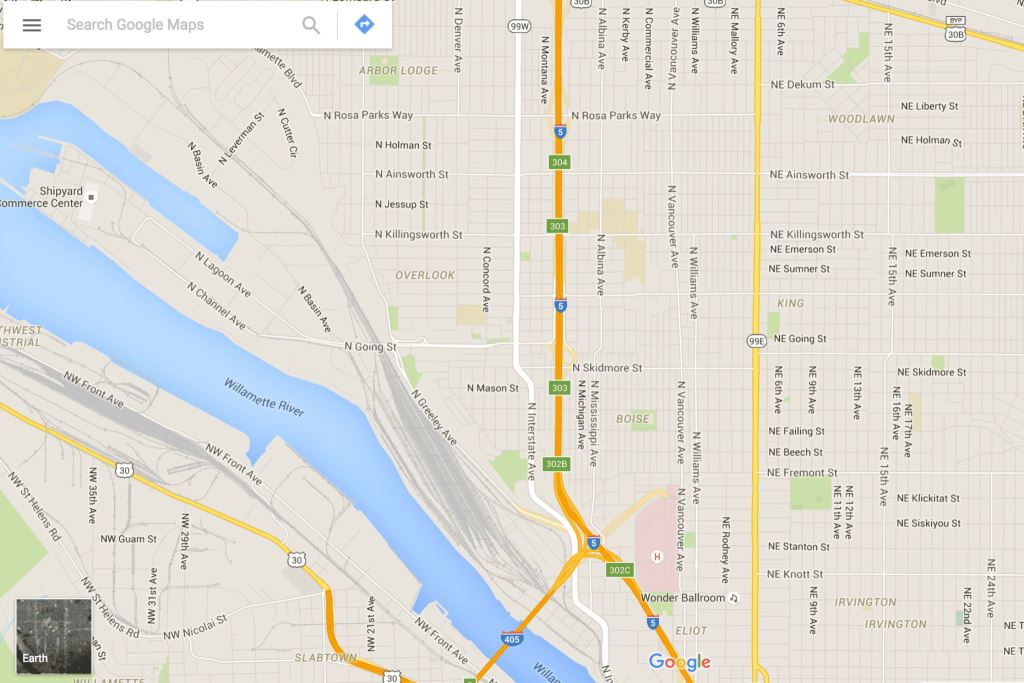According to Pablo Rodríguez Tomasini, Chief Revenue Officer of Prensa Ibérica – Unidad de Revistas, speaking at TIS 2024, the integration of interactive maps in digital content is emerging as a powerful tool to enhance user engagement, increase page views, and improve websites’ “stickiness.” With key performance indicators (KPIs) like page views and stickiness driving digital success, maps are proving effective in attracting users and keeping them engaged longer.
“To succeed, any website needs to cater to two main criteria: user experience and Google’s SEO standards,” noted Pablo Rodríguez Tomasini. “While users demand interesting content, Google must recognize that content as valuable too.” This dual requirement often challenges digital marketers, but interactive elements, especially maps, are meeting both needs. Embedding maps within stories has yielded impressive results, including a 2.7x increase in page views, a KPI for many sites.
This increase in engagement is closely tied to “stickiness,” a metric that measures how long users stay on a website. Unlike traditional metrics, stickiness reflects user interaction quality and their likelihood to explore the site further. “We’ve found that when storytelling is enhanced with a map, users become more engaged, exploring one point after another,” Pablo Rodríguez Tomasini explained. “Think of it like TikTok—users find themselves so engrossed, they end up spending hours exploring without realizing it.”
These findings indicate that maps are highly effective in encouraging deeper user interaction and expanding site exploration. The significance of this pattern is that a stickiness KPI could be essential for diverse digital platforms, whether in media or e-commerce. Maps, as they observed, add a unique experiential layer that attracts users and encourages them to stay longer, ultimately boosting engagement and performance KPIs.










